Signed and dated lower right: « Pinel de Grandchamp »
Louis Emile Pinel de Grandchamp is a French orientalist painter who had a successful career. He was well-known for his orientalist paintings and contemporary genre scenes. One keeps marveling about the rediscovery of the painter’s masterpieces.
The painting was inspired by the fifteen years journey’s the painter Louis Emile Pinel de Grandchamp’s spent in the Middle East. After a complete artistic training in the studio of Hippolyte Dubois and of Édouard Picot at the Ecole des Beaux-Arts, he left Paris in 1849 for Egypt. Later on, he lived and worked in Tunis and in Constantinople, where prestigious clients (beys, viceroys and high-ranking officials) commissioned him their portraits.
Back in France in September 1865, Louis Emile Pinel de Grandchamp painted charming orientalist compositions in vogue at the Paris Salon. For twenty years, from 1866 to 1889, he almost participated at each annual exhibitions of the Salon. During his career, he also exhibited artworks in France: at the Fine Art Salons of Le Havre, Lyon, Dijon, Chalon-sur-Saône, Bordeaux and Rouen. More rarely, his paintings were presented at the European Salons of Brussels and Antwerp. In 1876, Louis Emile Pinel de Grandchamp was considered as one of the best representatives of French Painting by the commission committee of the Fine Arts section of the International Exhibition of Philadelphia that selected his Orientalist Fantasy. Louis Emile Pinel de Grandchamp’s paintings received enthusiastic art reviews. They were popular for their plastic treatment of light and mouvement. The numerous photographic reproductions of his paintings published in the magazine L'Art Contemporain and as postcards by the company Braun, Clément & Cie, successors and the publisher Adolphe Block demonstrate the great circulation of Louis Emile Pinel de Grandchamp’s art.
The precise and the delicate brush stroke of the portrait of a young oriental woman is quite remarkable. While soft light envelops the scene, it outlines the facial features of the charming Oriental beauty. The young brunette with wavy hair is wearing a turban and a silky white blouse of fine lace. The skill of the painter is to depict the sitter against a neutral and yet vibrant background of reddish-brown tones. Thus, emphasis is placed on the luminosity of the sitter and her dress, on her sensual silhouette and on the precise description of her fashion accessories.
The young woman is leaning on an octagonal box covered in black lacquer and painted in gold. Framed by decorative bands, Chinese characters wearing traditional clothing are depicted in a pavilion. This category of lacquered box was made at the workshops in Canton during the 19th century, by special order of European clients.
The subject of these lacquered boxes, specifically made for the export market, was perceived as typically “oriental” by client in search of so-called “exotic objects”. Many museums, such as the Musée des Arts Décoratifs Arts and the Victoria & Albert Museum in London, keep delicate specimens.
The sitter’s hands are harmoniously crossed. She is holding an elegant sculpted fly-whisk featuring ivory-colored egret feathers. It recalls of crafted fly-whisks, made in Nineteenth-Century Turkey whose rarity or beauty lead to the happiness of art collectors.
Numerous paintings by Louis Emile Pinel de Grandchamp were already held by French Fine Arts museums in Beaune and Alès at the end of the 19th Century. His orientalist paintings continue to arouse cultural institutions’ interest. In recent years, the Narbonne museum and the RAK Art Foundation in Bahrain have each acquired one of them.




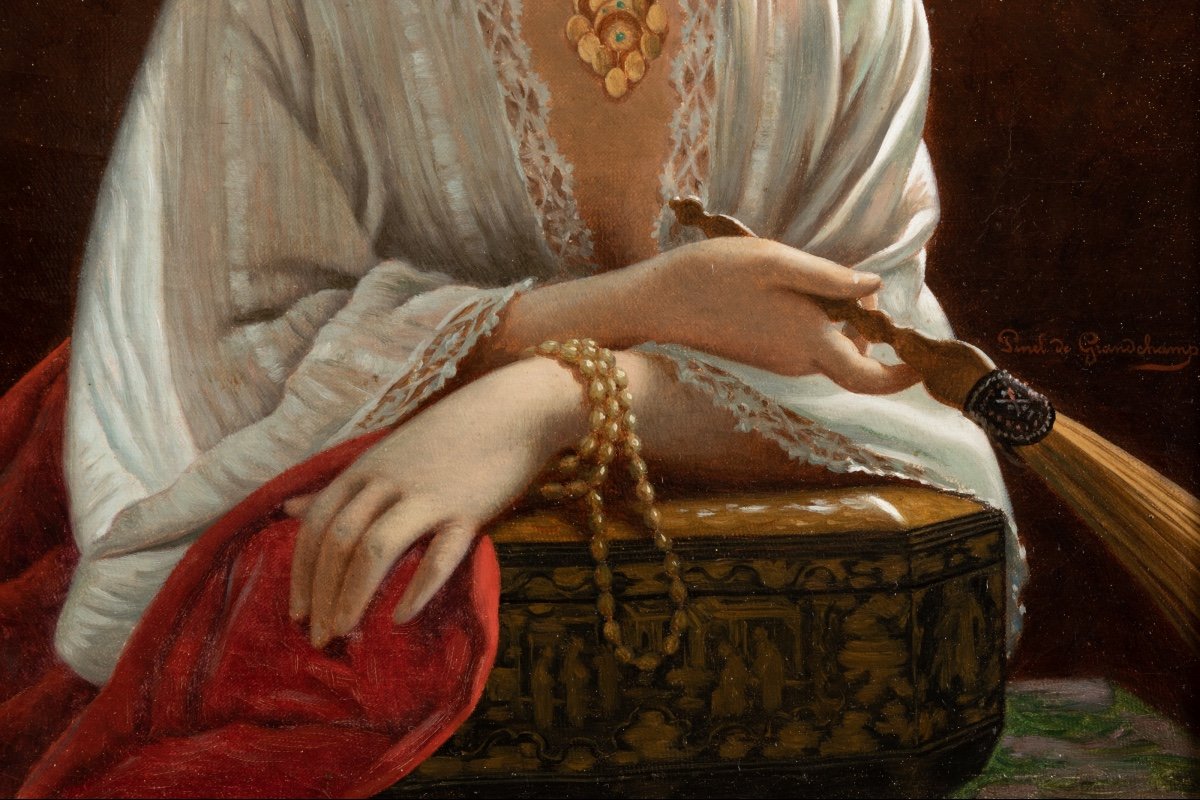


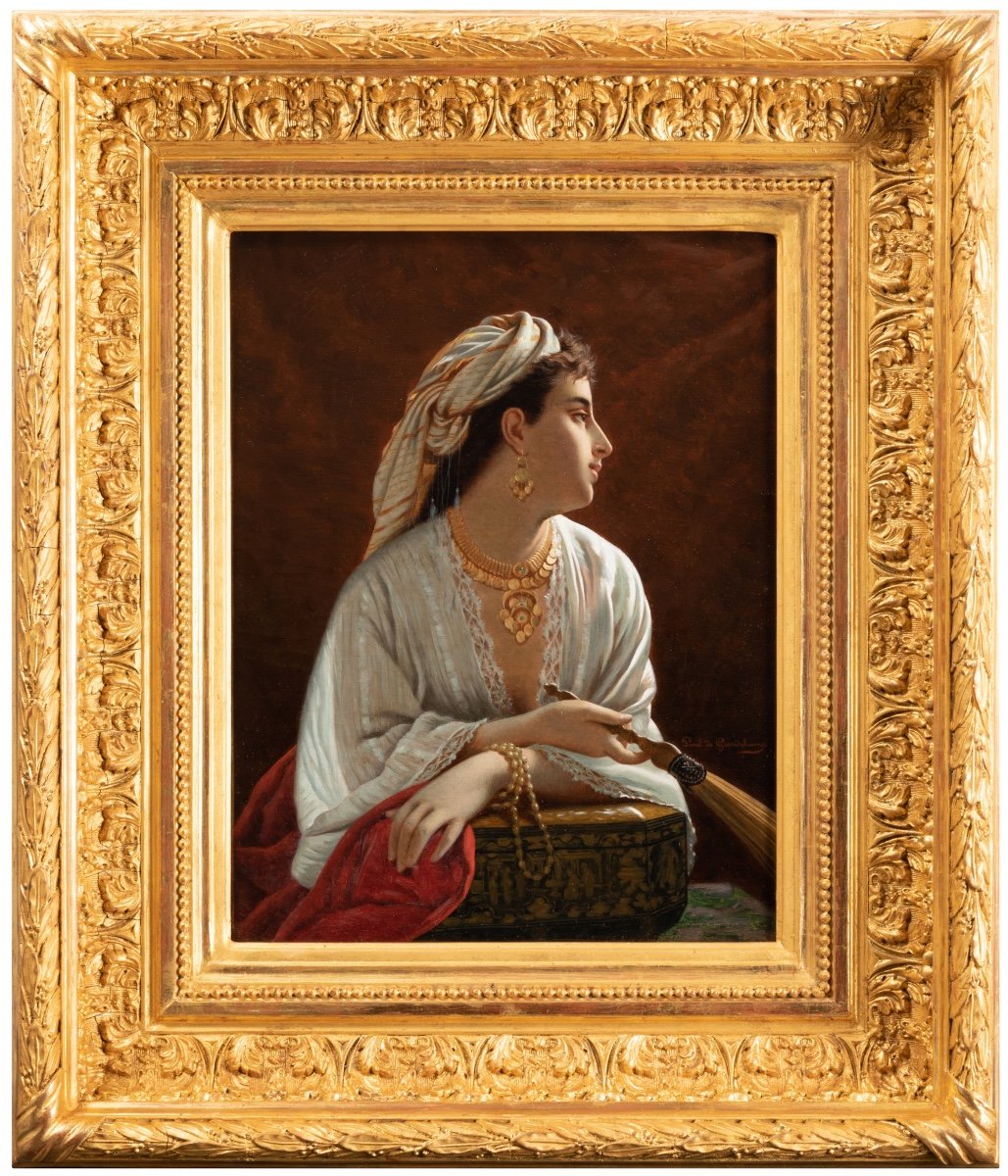
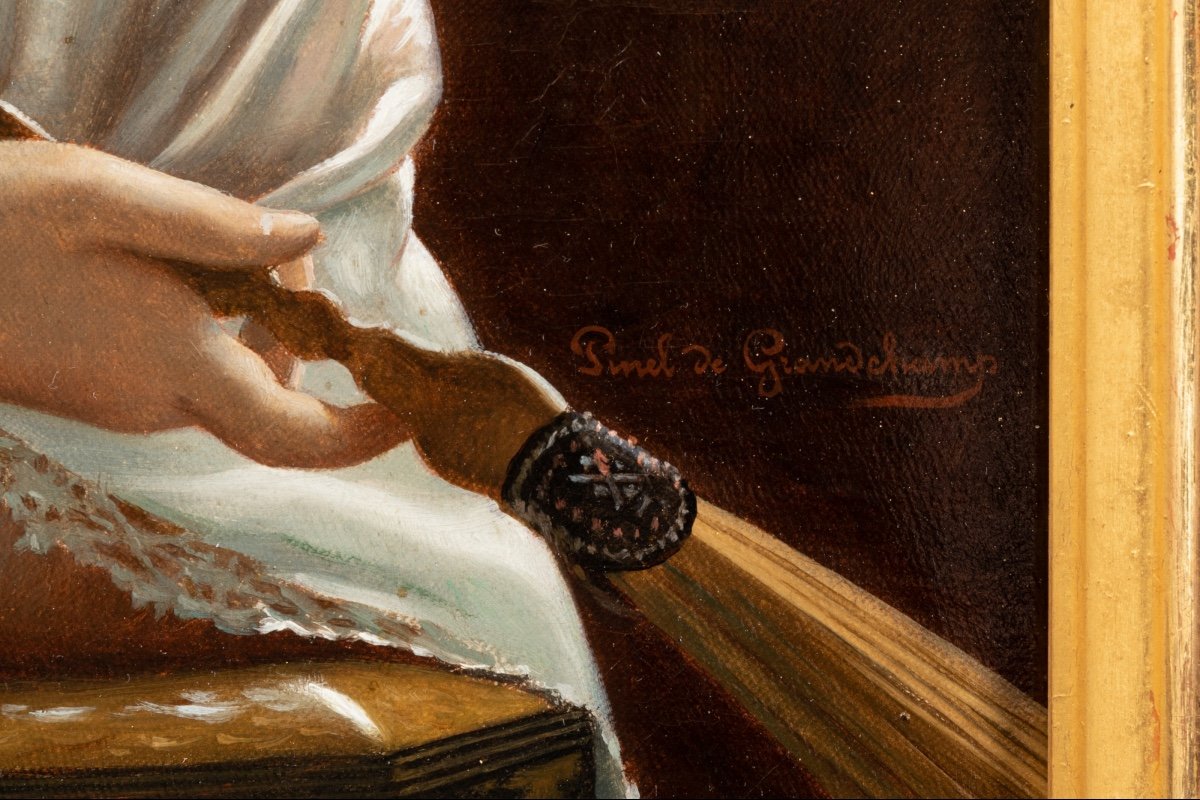

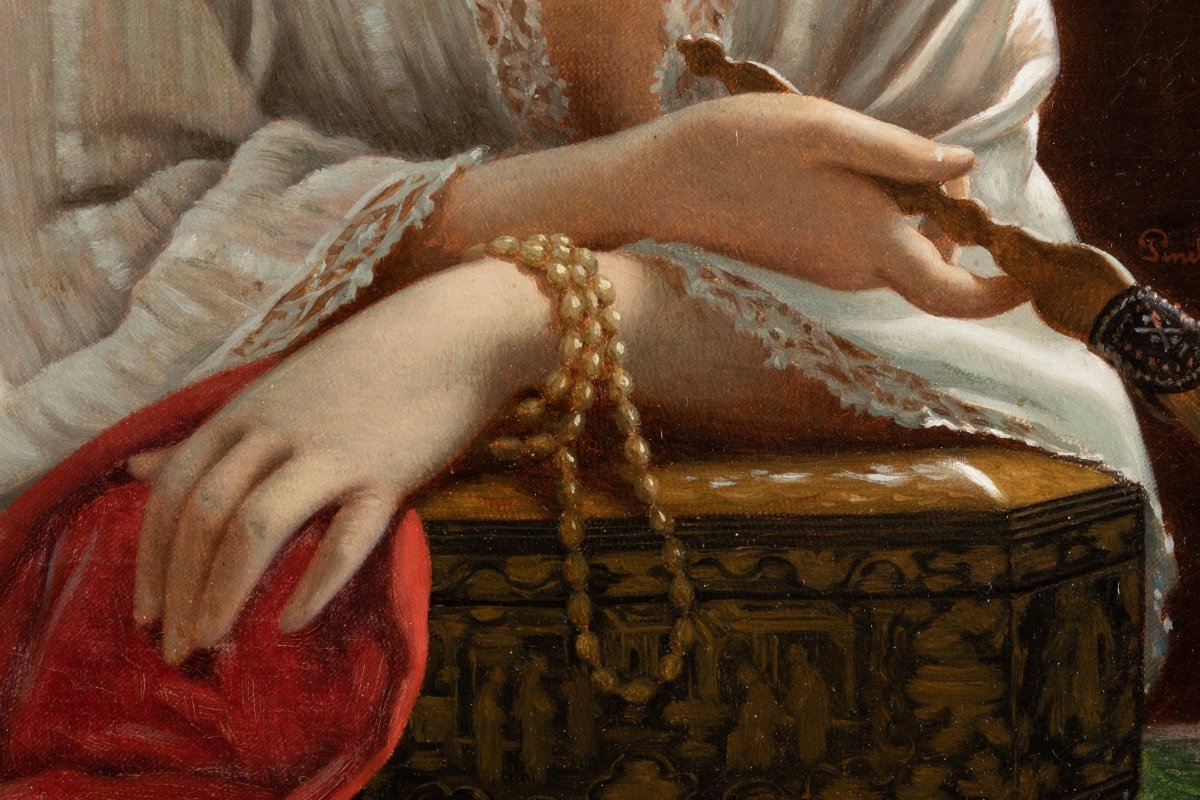












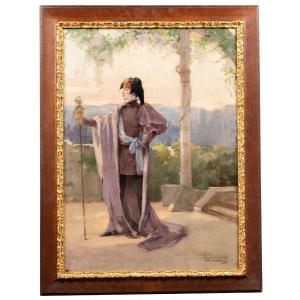
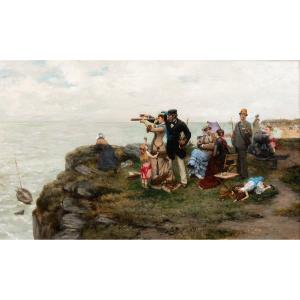
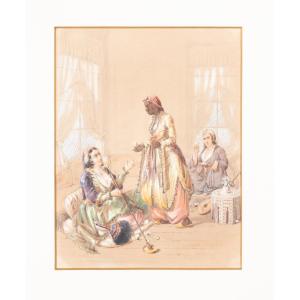
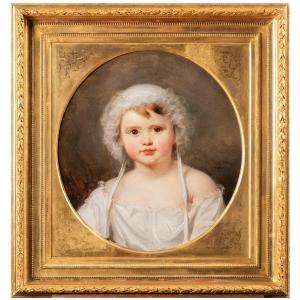


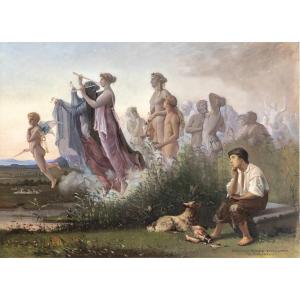

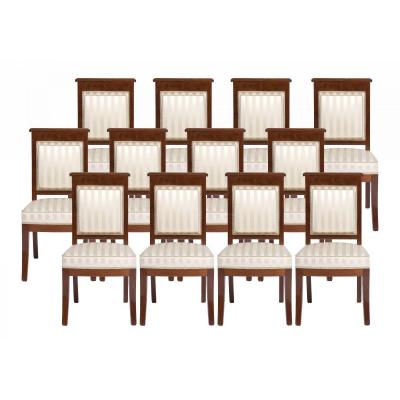
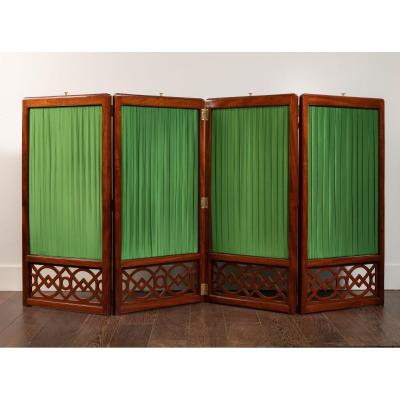
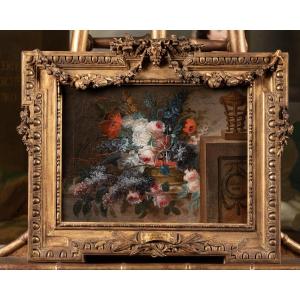

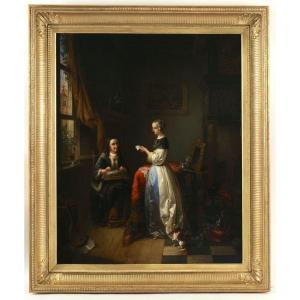
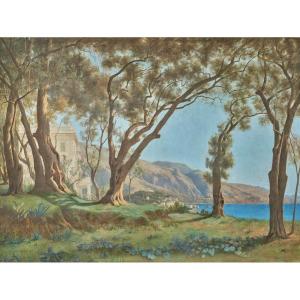
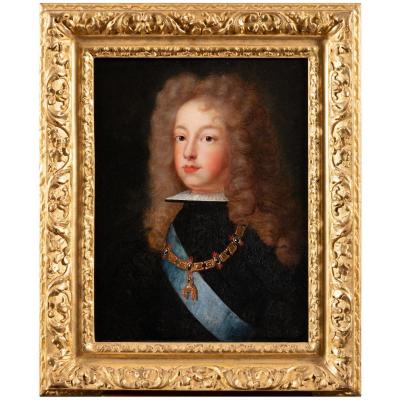








 Le Magazine de PROANTIC
Le Magazine de PROANTIC TRÉSORS Magazine
TRÉSORS Magazine Rivista Artiquariato
Rivista Artiquariato